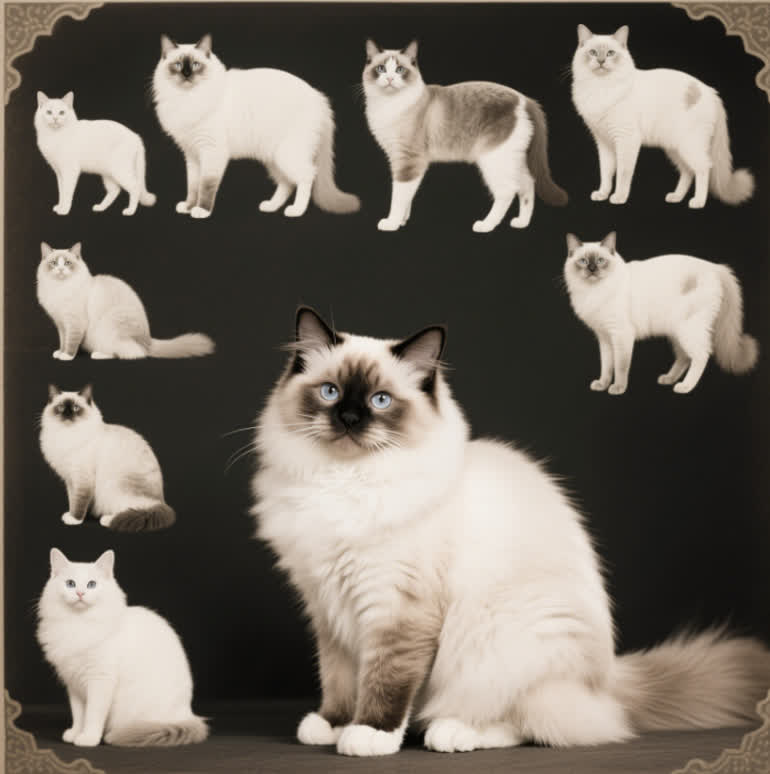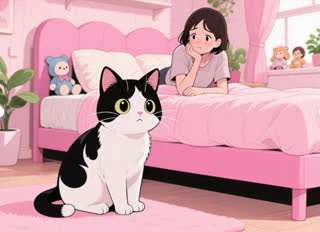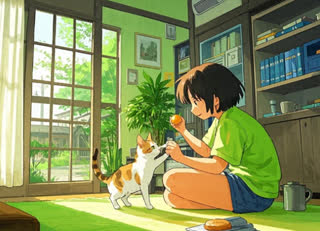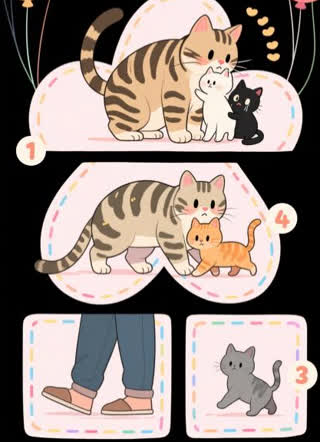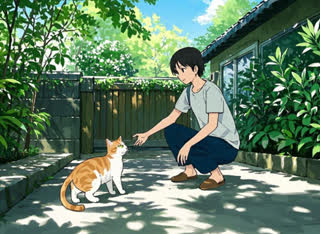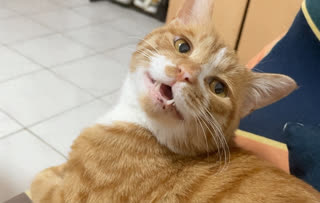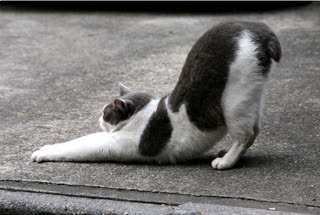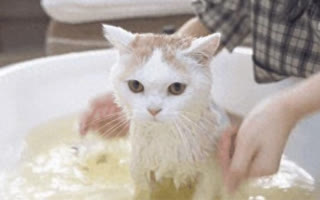The Ragdoll cat breed, renowned for its docile temperament and striking blue eyes, has captivated cat lovers worldwide. But how did this unique feline come to be? Delving into the Ragdoll cat breed history and origin timeline reveals a story of serendipity, controversy, and dedicated breeding efforts. From its accidental beginnings in 1960s California to its current status as one of America’s most beloved cat breeds, this article traces the Ragdoll’s journey—a tale as fascinating as the cats themselves.
The Accidental Beginnings (1960s)
The Ragdoll’s origin story centers around Ann Baker, a Persian cat breeder in Riverside, California. In the mid-1960s, Baker claimed that a semi-feral white Angora-type cat named Josephine—recovering from a car accident—produced kittens with unusually placid personalities. These kittens, described as "floppy" and trusting, became the foundation of the Ragdoll breed.
Baker’s early breeding program paired Josephine with a Birman-like male and a Burmese-type cat, creating the first Ragdolls. Their tendency to go limp when held (hence the name "Ragdoll") and their affectionate nature quickly set them apart. However, Baker’s unconventional claims, including assertions that Ragdolls were genetically modified or pain-resistant, sparked skepticism. Critics later speculated that early Ragdolls might have been sedated to enhance their docility—a theory Baker vehemently denied.
Breed Development and Controversy (1970s–1980s)
The Ragdoll cat breed history and origin timeline took a contentious turn as Baker sought to monopolize the breed. She trademarked the name "Ragdoll" and founded the International Ragdoll Cat Association (IRCA) in 1971, imposing strict breeding restrictions. Breeders who refused to join IRCA faced legal threats, stifling the breed’s expansion.
Despite these hurdles, independent breeders like Denny and Laura Dayton broke away from IRCA in 1975. They focused on refining the Ragdoll’s appearance, emphasizing the pointed coat pattern (similar to Siamese cats) and large, muscular build. This divergence led to the breed’s recognition by major cat registries, including The International Cat Association (TICA) in 1979, which rejected Baker’s exclusive claims.
Standardization and Global Recognition (1990s–2000s)
By the 1990s, the Ragdoll’s popularity surged as breeders prioritized health and temperament. Key milestones in the Ragdoll cat breed history and origin timeline include:
1993: The Cat Fanciers’ Association (CFA) granted Ragdolls championship status, solidifying their place in competitive cat shows.
2000s: Breeders introduced new color variations, such as lynx and mink patterns, while maintaining the breed’s signature blue eyes and semi-longhaired coat.
Reputable catteries like Precious Luv Ragdolls and Highland Dolls emphasized genetic testing to reduce hereditary issues like hypertrophic cardiomyopathy (HCM), ensuring healthier lineages.
Modern Ragdolls: A Legacy Refined (2010s–Present)
Today’s Ragdoll cat breed history and origin timeline reflects decades of ethical breeding. Organizations like TICA and CFA enforce strict standards, requiring Ragdolls to exhibit:
Physical Traits: A large, muscular body (10–20 pounds), silky fur, and vivid blue eyes.
Temperament: A gentle, non-aggressive demeanor, earning them nicknames like "puppy cats" for their dog-like loyalty.
Modern breeders, such as Immanuel Ragdolls, highlight the importance of socialization, raising kittens in family environments to ensure adaptability. Meanwhile, online communities and forums continue to debunk myths about the breed’s origins, emphasizing science-backed breeding practices over Baker’s early sensationalism.
Debunking Myths: Separating Fact from Fiction
The Ragdoll cat breed history and origin timeline is often clouded by myths. Key clarifications include:
Genetic Modifications: No evidence supports Baker’s claims of genetic engineering. Ragdolls’ traits result from selective breeding.
Pain Resistance: Ragdolls do not lack pain receptors; their relaxed nature stems from temperament, not physical anomalies.
Early Sedation: While rumors persist about drugged early Ragdolls, reputable breeders attribute their calmness to careful socialization.
The Ragdoll’s Cultural Impact
From viral social media videos to appearances in cat-centric publications like Cat Fancy, Ragdolls have become cultural icons. Their adaptability makes them ideal for families, seniors, and even therapy work. Breeders like MaryAnne Clarke of Precious Luv Ragdolls emphasize their role as "emotional support cats," citing their intuitive nature and low-maintenance care.
Exploring the Ragdoll cat breed history and origin timeline unveils a breed shaped by both serendipity and human dedication. From Ann Baker’s controversial beginnings to today’s ethically bred, health-tested lineages, Ragdolls exemplify how passion and science can create a beloved companion. For those considering adding a Ragdoll to their family, prioritizing CFA or TICA-registered breeders ensures a healthy, well-socialized kitten—one that honors the breed’s storied past while thriving in modern homes.
